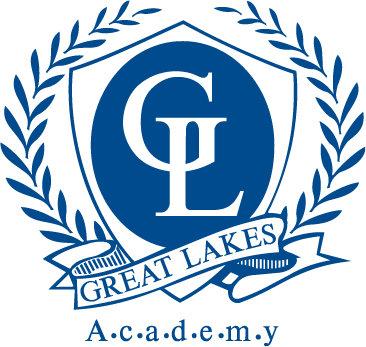Attention Deficit Hyperactivity Disorder (ADHD)
Attention deficit disorders affect individuals differently. Generally, most people with ADHD have a harder time sustaining attention for long periods of time, and tend to lack effective organizational skills. They may lose materials often, and usually avoid tasks that require multiple steps or extensive directions. Parents may describe their child as forgetful, and past teachers may have complained that the student was ‘bouncing off the walls.’ Kids with attention deficit disorder may struggle with controlling their impulses, so they often speak out of turn. In the classroom or home, they call out or comment while others are speaking. Their outbursts may come across as aggressive or even rude, creating social problems as well.
ADHD causes many students to be in constant physical motion. It may seem like a struggle for these children to stay in their seats. Kids with ADHD may jump, kick, twist, fidget and otherwise move in ways that make traditional classrooms difficult to manage. Alternately, it’s not unusual to find kids with attention deficit disorders looking out a window, lost in thought. Snapping back to reality can be more of a problem for these children than others. Kids with attention problems will often stare off into space in the middle of class, preferring to stay lost in their own mind rather than return to the classroom.
Students with Attention-Deficit / Hyperactivity Disorder tend to be hands-on learners. While this makes learning in static, lecture formats difficult, other types of activities can be quite fun for ADHD students. In fact, there are many ways for ADHD students to capitalize on their energy to capture positive results.
Why Great Lakes Academy is a good school for ADHD students:
Great Lakes teachers understand that the most positive way to keep all children’s attention focused (but especially those with ADHD) on learning is to make the process fun. Using physical motion in a lesson, connecting learning to interesting real-world situations, or incorporating music or video production into learning can make details easier to remember can help your child enjoy learning and even reduce the symptoms of ADHD. GLA teachers also implement concrete organizational and behavior management strategies, which they reinforce patiently and regularly until students are able to practice them independently.
The school environment presents multiple challenges for kids with ADHD, but with patience and an effective plan, these children thrive in our classrooms. Here are a few ways that GLA teachers accommodate for the needs of ADHD in their classrooms:
– Building relationships with students and helping students build relationships with peers
– Handling behavior issues privately, which protects the sometimes fragile self-esteem of students
– Helping students set specific short and long term goals
– Providing daily positive reinforcement
– Breaking up tasks into smaller parts
– Providing a challenging curriculum and tailoring assignments and lessons to students’ interests
– Using tactile and kinesthetic learning methods and hands-on projects
– Teaching and reinforcing daily social skills lessons
– Minimizing transition time and keeping to regular daily schedules
– Planning unstructured time throughout the day
– Protecting all children from bullying and teasing
– Practicing with children how to cope when stress overwhelms him or her, to prevent outbursts
– Teaching organization skills
– Teaching students to take breaks when they feel they are becoming frustrated

